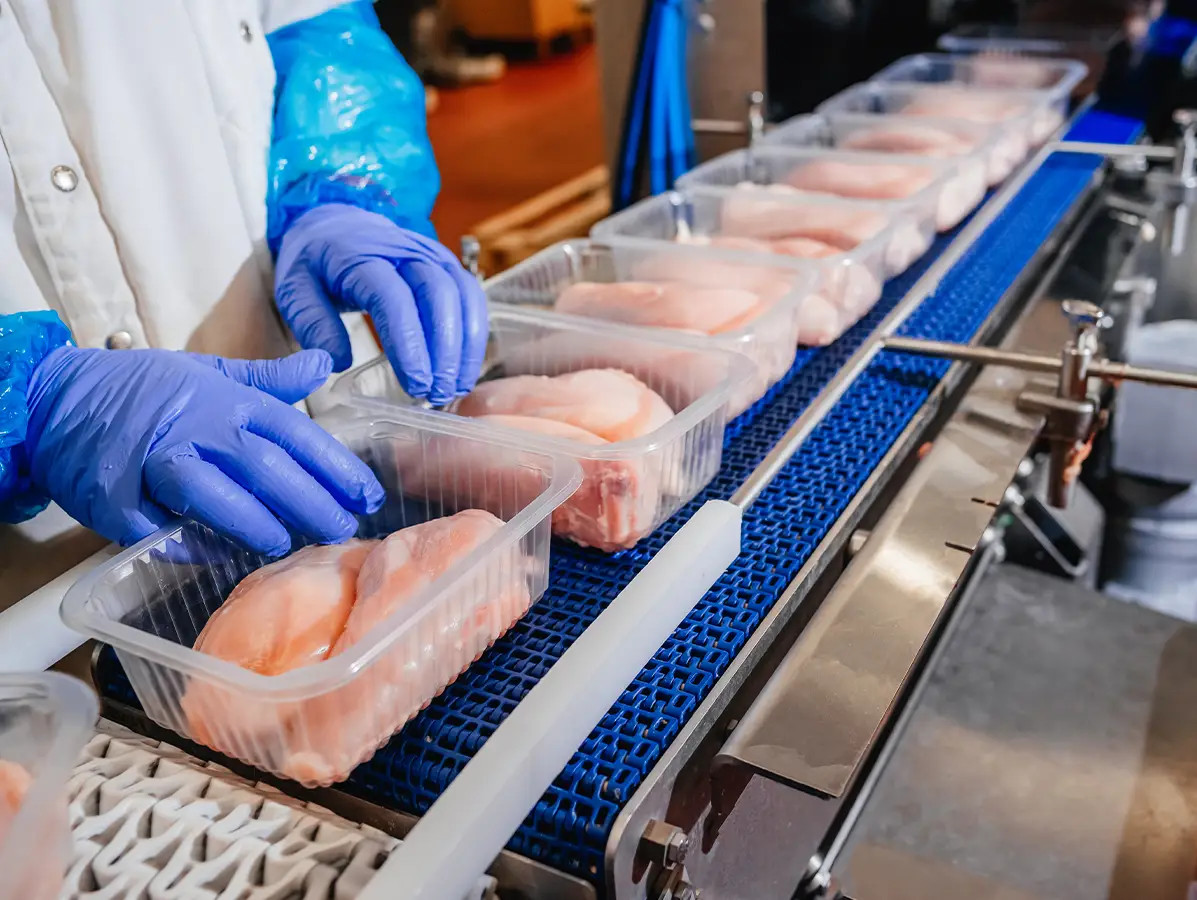
Belgian food companies are losing ground in the European market, while exports outside the EU are on the rise. That’s notable, given that three quarters of all exports still remain within Europe. “Our companies are losing ground on the European internal market, but gaining outside it,” says Fevia CEO Bart Buysse.
Profitability in the Belgian food industry is under pressure, and the growth seen in previous years is levelling off. That’s one of the key findings in Fevia’s latest economic report. At the same time, concerns are growing about the balance of power in the supply chain. As retailers increasingly join forces in European buying alliances, Fevia is calling for a low-threshold contact point for companies with complaints about chain dynamics.
Today, 73 percent of Belgian food products stay within the EU. The main destinations are the Netherlands (20.5%), France (19.3%) and Germany (12.5%). Outside the EU, the United Kingdom accounts for 9.5 percent of exports. “Brexit has had little impact,” Buysse notes. The United States follows, with demand focused on fries, beverages, chocolate and biscuits. Next in line are Saudi Arabia, Australia, Canada and Japan.
According to Fevia, Europe’s internal market is becoming harder to compete in due to high costs and a maze of regulations. The federation is calling for simpler reporting requirements, an end to gold plating, and clearer sustainability goals. Buysse also argues for greater harmonisation in labelling and packaging. “This is not about gastronationalism, but about creating a level playing field.”
Source: Vilt